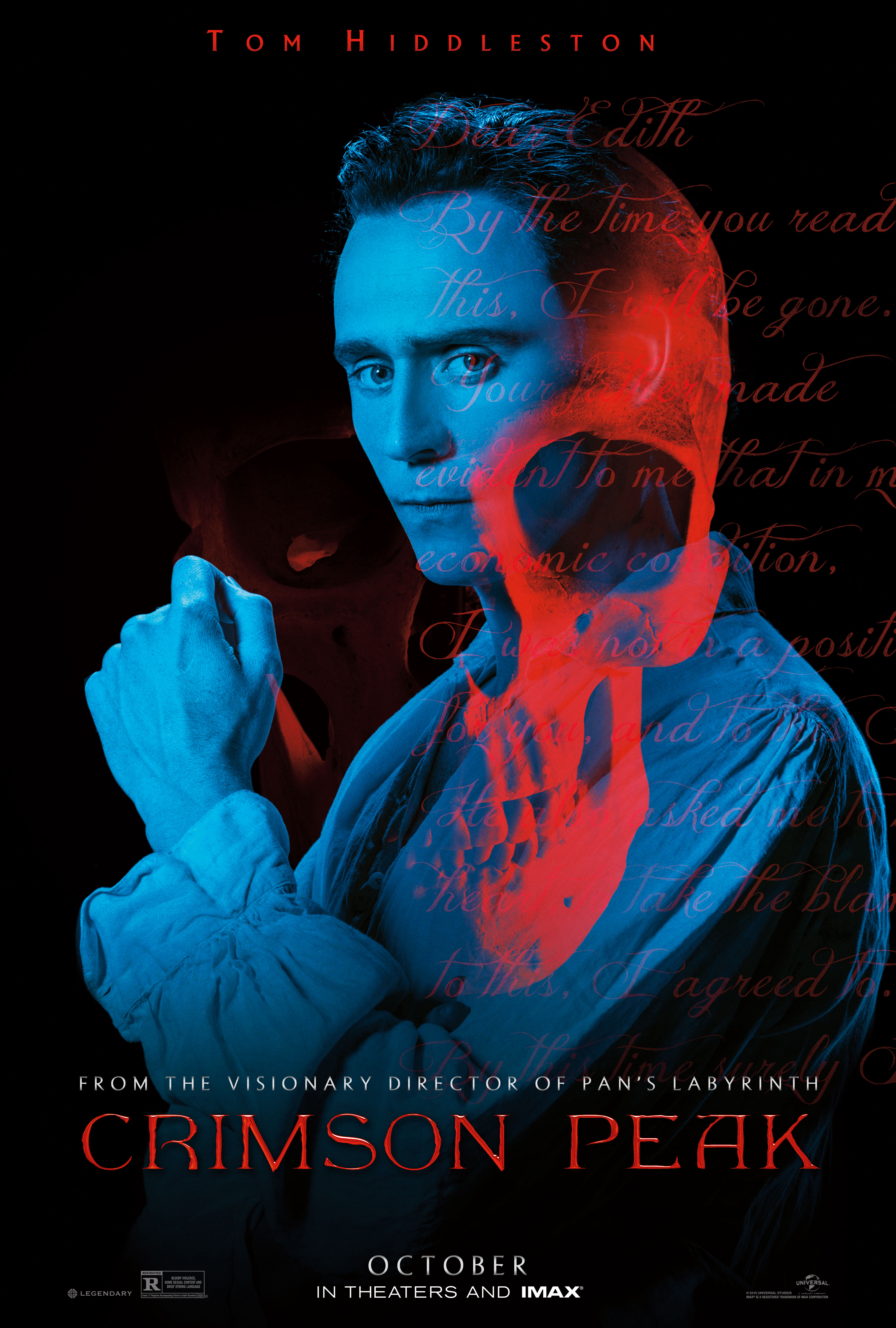Ever since I was a small child, dragons have had an indelible hold on me. I went through a protracted phase were I was a dragon myself, covered in scales, able to fly, able to breathe fire and incinerate anyone who tried to make me do whatever I didn't want to do. And why wouldn't five-year-old-me want to become a dragon? Of all the inhabitants of the fantasy bestiary, the dragon has a uniquely entrenched position in the human imagination. Every mythological tradition in the world has some variant of the dragon within it. The perspective on the dragon varies from culture to to culture, but the dragon has continually endured, whether as a fearsome monster or a benevolent omen of good fortune. Indeed, as twentieth century fiction has evidenced, these two poles curiously begin to melt into one another.
Tuesday, December 15, 2015
Monday, November 9, 2015
Bluebeard's Descendents
 |
| Tom Hiddleston, blue if not bearded |
Sunday, October 25, 2015
Vive Le Bomb! (edition 1)
It is a reality
of film-making that can be painful to swallow: there are films that sink at the
box-office that have genuine merit—or if they fail, fail in an interesting way—
and films that make an obscene amount of money that aren’t well done or even memorable.
Social appetites, and twists of capricious Fate play a role; but there is a certain amount of condescension from middlebrow critics that plays
into this dynamic as well. As Susan Doll wonderfully puts it in a MovieMorlocks post dedicated to movie turkeys, “I rarely agree with movie reviewers, and truth be told, I have stopped
reading a lot of reviews, especially from online sources. While
reviewers like to call themselves 'critics,' true film criticism does
not revolve around personal taste.I loathe reviewers who jump on a flawed film that may still be
worthwhile viewing and dub it 'the worst film ever made,' which
sometimes affects the box office for that title.” The curious thing that I’ve found in my
own experience is that the more scholarly a critic becomes, the less myopically
elitist they tend to be. In the spirit of egalitarian enjoyment, I decided to give the spotlight to a handful of films that did not succeed commercially or
critically, but which I still feel have merit.
Sunday, October 4, 2015
Islands in the Sky, Questions on the Earth: Engine Summer and Castle in the Sky
Note: The following post discusses central aspects of the plots of both
the novel and the film under discussion, so for those who want a SPOILER warning, this is it. I
would also add that, when you get right down to it, no story with real merit can
ever truly be spoiled, whether you know the details of the plot or not.
The flying city of Laputa made its literary debut in 1726 as
an episode in Jonathan Swift’s Gulliver’s
Travels. In line with the vitriolic satire of the book, the inhabitants of
the flying island are idiots, conducting pointless experiments in a quest for
scientific discovery. They are literal and figurative airheads. Other artists
have taken an interest in Swift’s creation and put it to use in their own
works. I was recently struck by the motif of the flying island in
two distinct fantasy works: John Crowley’s 1979 novel Engine Summer and Hayao Miyazaki’s 1986 animated film Castle in the Sky (Tenku no Shiro Laputa). While
the flying island’s function in both stories is quite different, both Crowley
and Miyazaki provide a commentary on the nature of time, humanity’s place in the
natural world, and the ambiguous blessings of technology.
 |
| Illustration from original edition of "Gulliver's Travels" |
Sunday, September 27, 2015
Only in Black and White
Black and white
is the original template for the movies; a perusal of any “Greatest Films of
All Time” list will reveal a bulk of black and white entries. One of the (many)
unfortunate aspects of contemporary media culture is that black and white
visual expression has fallen by the wayside, leaving great swaths of Millennial
viewers ignorant of it. Contemporary black and white cinematography is most
likely to be seen, when it is, in independent or foreign cinema, almost never
in major Hollywood releases or on television. Black and white has come to be
seen as an obstacle for viewers to overcome instead of something to embrace;
consider Ted Turner’s misguided “colorizing” of classic films to make them
accessible. Such a strategy is tantamount to producing a Shakespeare play from
one of those “No Fear” editions—easier comprehension doesn’t result so much as
grotesque cheapening.
| Yay... |
| ...or nay? |
Subscribe to:
Posts (Atom)

